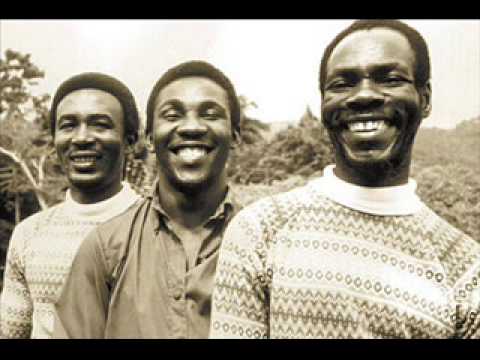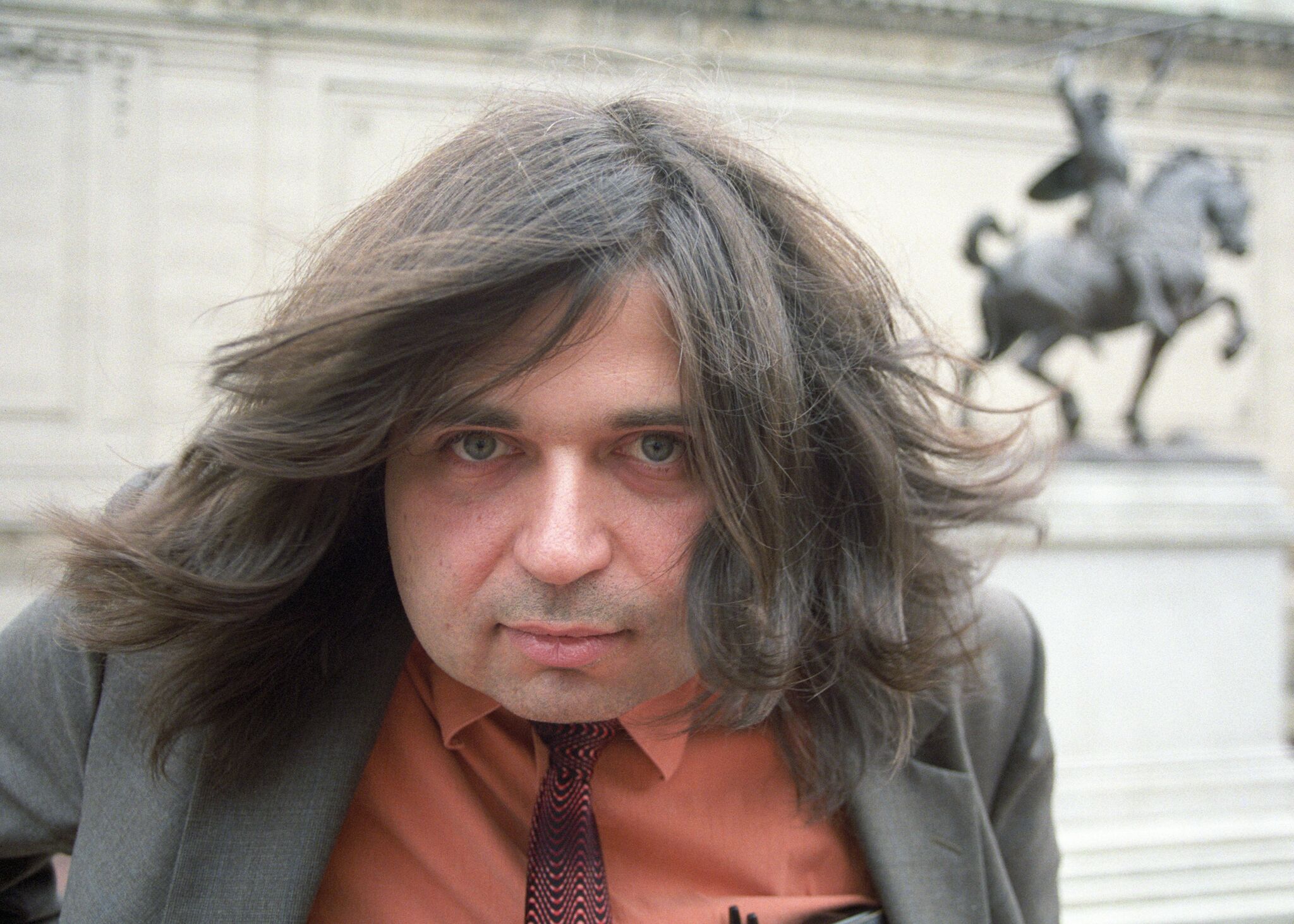Who is the auteur, the composer, the lyricist, the singer, or the arranger?
For the first installment of this series, I wrote primarily about songs by all kinds of singer-songwriters who not only created both the words and the music but were also the songs’ performers (most of the time playing the instrumental accompaniment in addition to singing). Then I looked at songs where these various roles are filled by different people—sometimes the result of a direct collaboration, but other times the by-product of composers being inspired by pre-existing poetry. Most of the interpretations for those songs would be something the song’s composers and lyricists would recognize as their own work, despite the distinctive personality of singers, their collaborative pianists, and other accompanying musicians involved in their performance.
But one of the most attractive qualities of a song’s performance is that it can sometimes be taken in a completely different direction by an interpreter. In some cases, so much that the song’s interpreter has made the song his or her own so completely and it feels like a completely different song from the original.
I must confess that I was not really a fan of Michael Jackson’s “Billie Jean” back in the 1980s when it was ubiquitous on radio, in supermarkets, etc. I thought the song’s tune and lyrics were both somewhat one dimensional and that Jackson’s performance sounded overproduced. But when I heard Caetano Veloso perform it completely alone (just his voice and guitar), I immediately identified with his vulnerability and ambivalence. Similarly, the first time I heard John Denver’s “Take Me Home Country Roads”, it sounded kinda stupid to me (blame it on my growing up in midtown Manhattan) as well as terribly midrange in its mix (not knowing at the time that it was intentionally produced this way for broadcast on AM radio). However, many years later, when I heard Toots and the Maytals’ raw, reggae recontextualization of it, I was floored. In both cases, I eventually went back to the originals and now have great respect for the songwriting craft that went into them. But arguably when I went back home to those originals I was hearing them in a completely different way which was only possible because someone else’s re-imagining took me there.
That re-imagining is a creative act in and of itself, akin to the imprint a director makes on a motion picture which the seminal film critics of Cahiers du Cinéma worshiped and defined as auteurship. When I listen to Caetano Veloso’s take on “Billie Jean,” I am probably responding more to the genius of Veloso than the genius of Michael Jackson, despite the song being ranked 58 by Rolling Stone magazine among the greatest songs of all time. And despite the original being named the official state anthem of West Virginia, “Take Me Home Country Roads” (which Denver actually co-wrote with Bill Danoff and Taffy Nivert) will always have more resonance for me when its saga of homesickness is adapted to West Jamaica (even though I’ve yet to travel there).
One of the defining aspects of hip-hop has been how it appropriates pre-existing musical material and turns it into something completely different. I was captivated by P.M. Dawn’s 1991 “Set Adrift on Memory Bliss,” the first time I heard it, but Spandau Ballet’s 1983 hit “True” took much longer to work its charms on me even though a sample from “True” is the principle building block for “…Memory Bliss.”
Attempting to go back to trace the origin of the song “You Are My Sunshine,” which was first recorded in August 1939 by an Atlanta-based duo who called themselves The Pine Ridge Boys, will get you tangled up in country roads that twist and turn and ultimately go nowhere. While the authorship is legally credited to Charles Mitchell and Jimmie Davis, a moderately successful country and gospel singer who served two terms as governor of the state of Louisiana (from 1944 to 1948 and again from 1960 to 1964), Davis and Mitchell—who were actually the third interpreters to record the song (in February 1940)—actually bought the rights to the song from Paul Rice, who had previously claimed authorship and was the second to record the song (in September 1939). Are you still with me? If so, the plot thickens. Parts of the song can be traced even further back, to Charles L. Johnson’s “Barber Pole Rag,” a two-step originally published for solo piano in 1911. That’s probably not the end of it, either.
But none of this back story ultimately has anything to do with the sublime brilliance of this extremely unorthodox 1962 interpretation of “You Are My Sunshine” by the George Russell Sextet which features the first prominent recorded experience of an extremely unusual vocalist named Sheila Jordan (who now, at the youthful age of 88, continues to tour the world and mesmerize audiences everywhere with her singing). At first, it’s impossible to tell that this is “You Are My Sunshine”; it sounds more like music by Edgard Varèse. When Russell eventually introduces the tune’s famous melody, it is harmonized with abrasive dissonances. But just when things seem to be going totally out of control, there is a sudden silence and then Jordan sings the song completely alone though she is eventually drowned out by the ensemble when they resume playing.
This is actually the recording that made me a lifelong jazz devotee after first hearing it in a jazz appreciation class I took as a Columbia University undergrad where it was played as an example of an ineffective interpretation—wrong! I was so dazzled by what I heard that I’ve spent decades tracking down everything else Russell and Jordan ever recorded (though sadly that’s the only time they ever recorded together). In fact, it’s what ultimately led me to track down Jordan and talk with her about it as well as everything else she’s ever done.
But it did not lead me to a greater appreciation of the original song “You Are My Sunshine.” (I’m not sure there is an original version of the song anyway.) Rather, it made me cognizant that interpretation can be as significant as composition. But who is the auteur of that stunning 1962 performance? It’s certainly not Jimmie Davis. (He didn’t actually write the song anyway, even though he was governor when the recording was made!) Was it George Russell, who was the mastermind behind the surreal arrangement? Or was it Sheila Jordan, who emerges from inside the performance like a rose growing through the cracks of a crumbing sidewalk?
Jazz often poses more questions than it answers. Like the glaringly out of tune and seemingly wrong note Miles Davis keeps plays in his classic 1956 quintet recording of “It Never Entered My Mind” which is sublime even though it ultimately has very little to do with the original conception of the song by Rodgers and Hart. Or Elmo and Bertha Hope’s 1961 reimagining of another Rodgers and Hart standard “My Heart Stood Still” which transforms the song into an elaborate chamber music composition for piano duo. Perhaps an even more dramatic transformation is the hour-long 1966 live in Japan performance of Rodgers and Hammerstein’s 1959 song “My Favorite Things” by John Coltrane, Pharoah Sanders, Alice Coltrane, Jimmy Garrison, and Rashied Ali which begins with an extremely introspective 10-minute unaccompanied bass solo by Garrison that goes to places the Trapp Family never ventured. The most extreme example I can think of is Charles Mingus’s 1955 recasting of another song with a Hammerstein lyric, “All The Things You Are” from 1939, which features a melody by Jerome Kern, although when Mingus performed it he had pianist Mal Waldron interpolate Rachmaninoff’s famous Prelude in C# minor, calling his new version “All The Things You C Sharp.” Five years later, Mingus dropped the piano—and most of both tunes (Kern’s and Rachmaninoff’s) completely—and called it “All The Things You Could Be By Now If Sigmund Freud’s Wife Was Your Mother.”
But all of this takes us extremely far away from the realm of song. Or does it? For decades, many jazz musicians have called the pieces of music they play songs whether or not their performances of them feature a singer as well as whether or not they’re performing pieces of music that were originally intended for performances featuring a singer. I’d still contend that once there’s no singer involved in the performance it’s no longer a song, but these days I seem to be drowned out by a vast chorus who think otherwise. Those folks should listen to how Sheila Jordan brings song back into George Russell’s otherwise desongified “You Are My Sunshine.” By remaking what was once a song back into a song, she beguiles us in a way that only a song can.
Originally posted on March 1, 2017.



0 Comments